Linguine vs. Fettuccine: How To Pick The Perfect Pasta

Linguine vs. fettuccine. With so many different kinds of pasta, it seems impossible to tell them apart. Is there really any difference when it comes to these two very similar types of pasta? At first glance, it might seem as if these two types of long pasta have little to differentiate from one another; however, for a true pasta aficionado, they couldn't be more different!
If you've started to make your own homemade pasta using a pasta maker, then you'll have started to realize that there are plenty of subtle differences between linguine vs. fettuccine. They are not only different in thickness and shape but are best cooked with different sauces and accompaniments.
The deeper you dive into the intricate world of pasta, the more you begin to appreciate how these subtle differences work in the kitchen. Today, let's take a look at the difference between linguine and fettuccine!
What is linguine?
So let's start with the basics. What is linguine?
Linguine is quite similar to fettuccine. It's also similar to spaghetti, tagliatelle, and many more kinds of pasta!
So what makes linguine unique? Linguine noodles are a type of long pasta with a distinctive elliptical shape. Rather than being flat like fettuccine or tagliatelle, linguine is more rounded, like spaghetti. But linguine isn't nearly as thin as spaghetti; in fact, it's somewhat thick (think of linguine as thick spaghetti, if you will).
Like most pasta, linguine originates from Italy. In the Italian language, linguine means 'Little Tongues,' a reference we suppose, to the pasta's distinctive shape and look. This type of pasta was first popularized in the Liguria region, in the northwest of Italy. Head to the region's capital, Genoa, for genuinely authentic linguine.
What is fettuccine?
Let's move onto fettuccine. Fettuccine is a long, thick pasta.
That sounds similar to linguine, we know! So what's the difference between linguine and fettuccine?
Fettuccine is even thicker than linguine. And rather than being elliptical, it has a distinctively flat, thick look to it. Hold some fettuccine next to some linguine, and you can instantly tell which is which by the thickness and flatness of the piece of pasta.
Fettuccine means 'Little Ribbons' in Italian, a reference to the ribbony texture that the thick strands of pasta take on when cooked. Fettuccine is most commonly found in Rome and Tuscany. The famous dish fettuccine alfredo (fettuccine cooked in butter and parmesan) is the dish that made this type of pasta well known in the early 20th century.
Can I substitute linguine for fettuccine?
Of course! While it's easy to tell the difference between linguine and fettuccine when you know what to look for, unless you're a real stickler for pasta, then it won't make too much difference at home which style you use for most dishes.
You can confidently switch linguine for fettuccine or any other ribbon pasta and still enjoy a fantastic meal!
Which is better linguine or fettuccine?
While fettuccine and linguini are somewhat interchangeable at home, any Italian pasta chef knows that each style of noodle has its own place in Italian cuisine!
Linguine is lighter and thinner than fettuccine, so it's often cooked in a much thinner and lighter sauce than you'll find used with fettuccine. Because fettuccine noodles are much flatter and wider than linguine noodles, they can better handle much heavier and thicker sauces.
Linguine noodles will often be coated in light oils and cooked with light green vegetables. Fettuccine, on the other hand, will often be cooked with super-creamy sauces. Lots of cheese and heavy cream will go into making a deliciously decadent fettuccine dish.
If you're trying to be healthier, then linguine noodles in a light sauce are the way to go. If you're looking for creamy comfort food and aren't counting calories, thick fettuccine noodles covered in cheese are the ones for you!
Italian cooking has huge and distinctive regional differences. Often dishes cooked using linguine or fettuccine have many local ingredients and cooking styles applied to them.
For example, because linguine originates from Genoa, in Liguria, it's often paired with light pesto sauces. That's because pesto also originates from Genoa. As the city is on the coast, they are also proud of their seafood. Seafood linguine dishes, especially shrimp linguine, are incredibly delicious.
Fettuccine, on the other hand, is best known for the alfredo style of cooking. That's because the alfredo style also comes from the region in Rome, where fettuccine has long been popular. But it's not just fettuccine alfredo that you'll find in Italy. Far from it, thick noodles have found their place as part of carbonara and bolognese dishes across the country!
Linguine vs. fettuccine: is there a real winner?
Authentic pasta chefs will tell you that it all depends on the dish you are cooking. Fettuccine should be cooked alfredo style while linguine is best served with pesto or seafood. If that's the case, then there's never going to be a clear winner in the battle between linguine vs. fettuccine! It is up to you and tradition to determine the best fit for a dish.
With a pasta maker, you can try making both styles of long pasta at home and testing out the different textures and tastes of both linguine and fettuccine to see which king you prefer. Why not save our handy pasta guide for later?
Learn how to make delicious homemade pasta from scratch - check out our FREE guide to help you out:
1 Response
Leave a comment
Comments will be approved before showing up.
Also in Tips
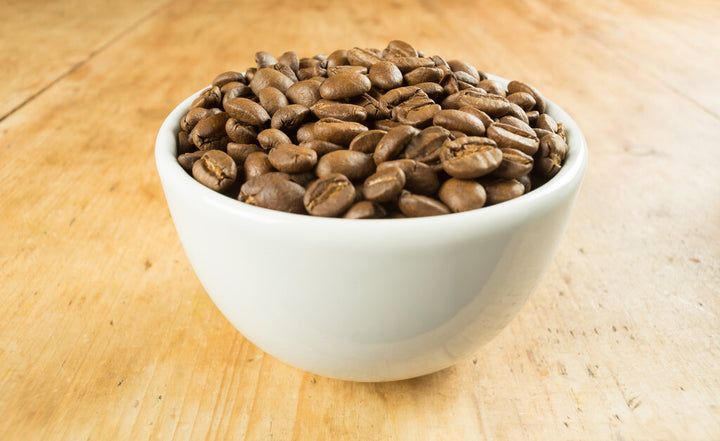

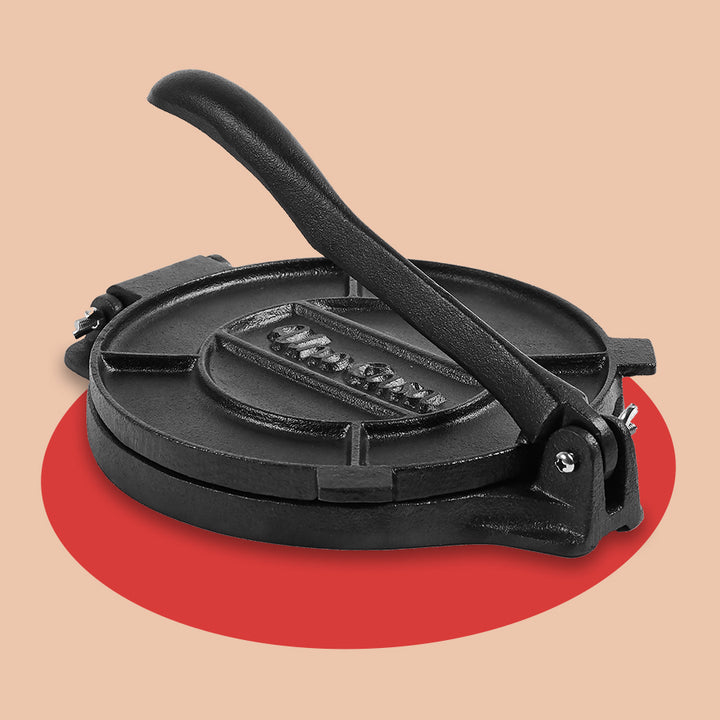
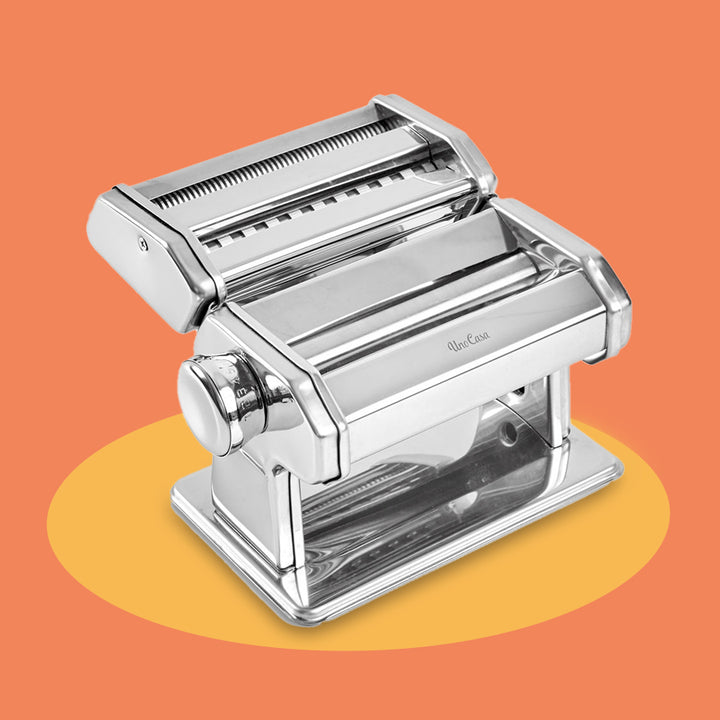
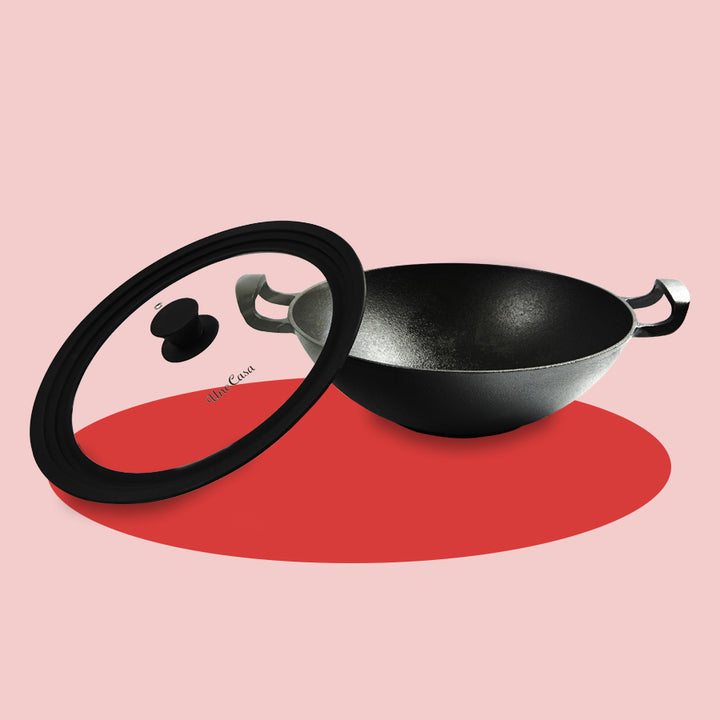
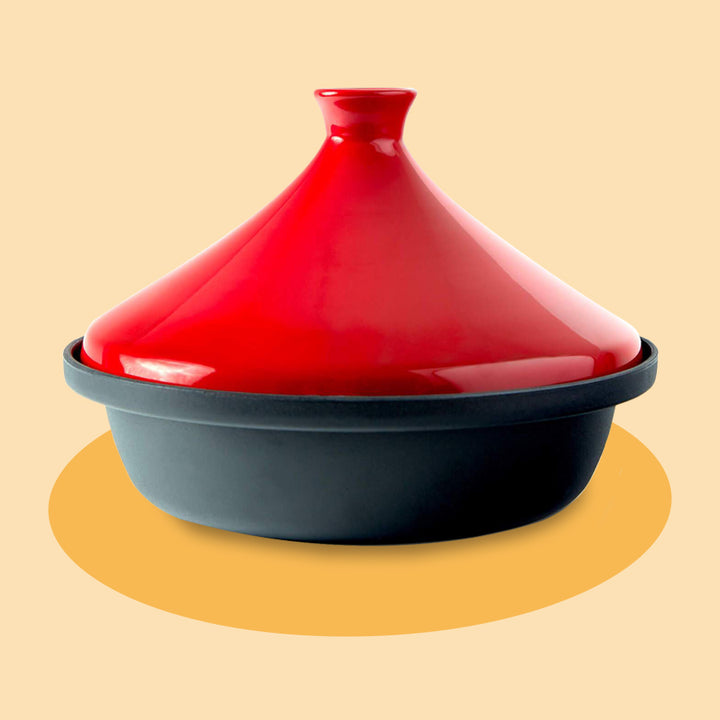
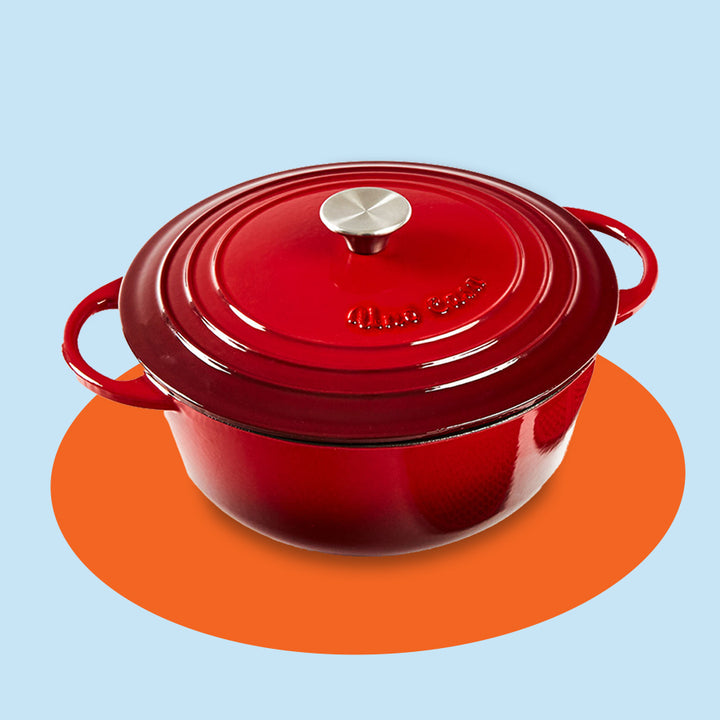
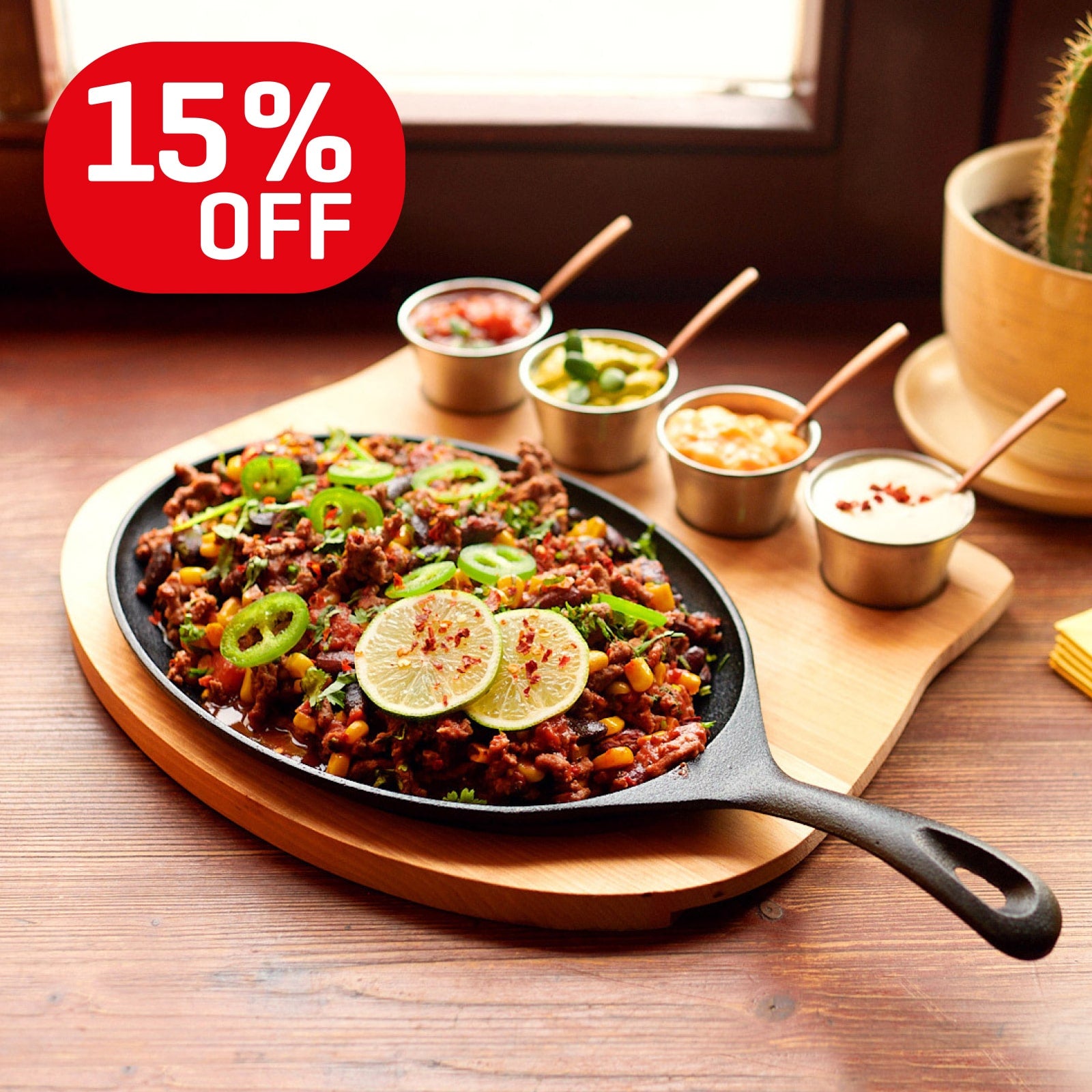
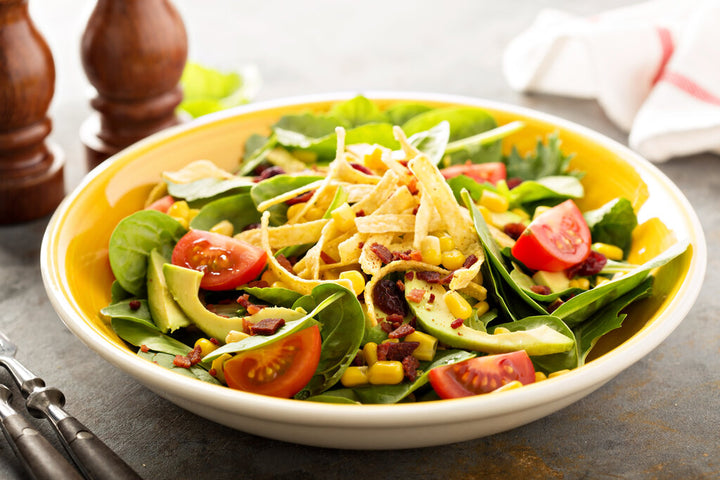

PAULA D FORRESTER
April 27, 2021
Before I read your article, I made Linguini, then added Stir fry veggies and then Alfredo sauce. It turned out very well. I do love your article and thank you for your advice. 💕